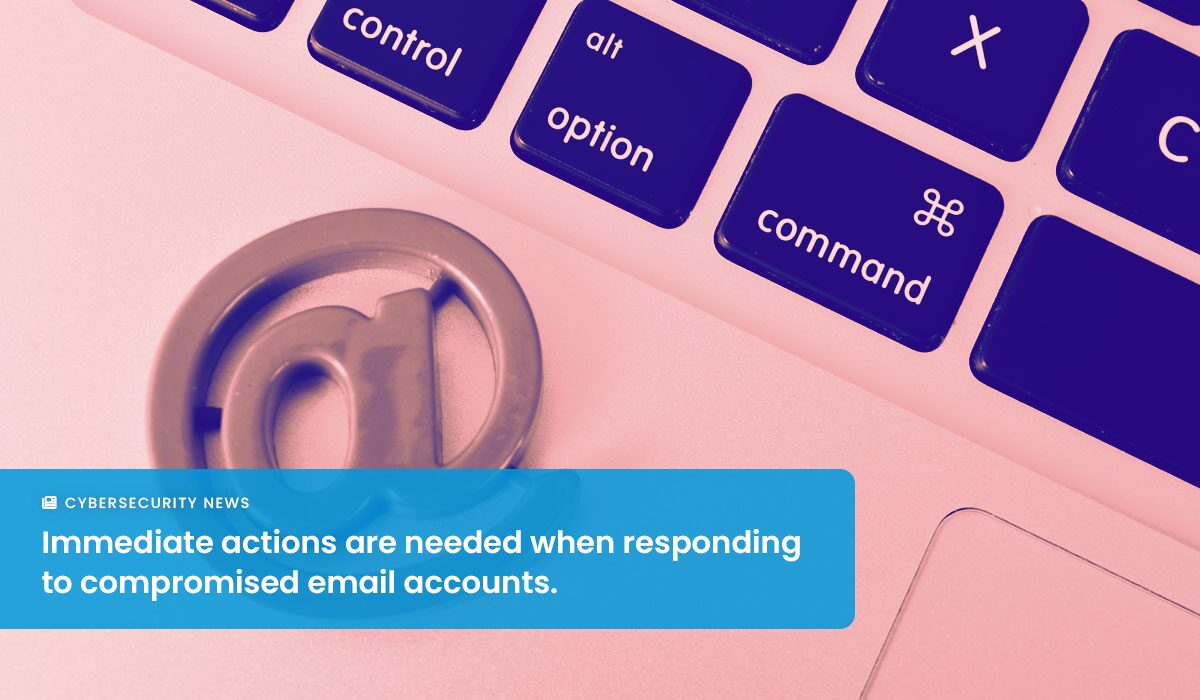Office365 Security Breach: Millions Lost In Executive Account Compromise

Table of Contents
The Growing Threat of Executive Account Targeting
Executive accounts represent a high-value target for cybercriminals. The access these accounts provide to sensitive company information makes them incredibly lucrative.
Why Executives are Prime Targets
Executives hold the keys to an organization's most valuable assets. Compromising their accounts grants attackers access to critical information and control over significant resources.
- Access to sensitive financial data: Executive accounts often have access to bank accounts, payment systems, and financial reporting tools.
- Control over company funds: Executives frequently authorize large transactions and have the authority to move significant sums of money.
- Knowledge of strategic initiatives: Access to confidential business plans, mergers and acquisitions information, and intellectual property gives attackers a significant advantage.
- Ability to approve large transactions: Cybercriminals can exploit this authority to initiate fraudulent wire transfers or approve fictitious invoices.
The potential financial loss from a compromised executive account is immense, potentially leading to bankruptcy. Beyond the direct financial impact, the reputational damage can be equally devastating, eroding investor confidence and harming long-term business viability.
Sophisticated Phishing and Social Engineering Tactics
Cybercriminals employ increasingly sophisticated techniques to bypass traditional security measures and gain access to executive accounts. These attacks often leverage social engineering to trick victims into revealing sensitive information or clicking malicious links.
- Spear phishing emails: These highly targeted emails appear to come from trusted sources and often contain personalized information to increase their credibility.
- CEO fraud (or Business Email Compromise - BEC): Attackers impersonate senior executives to trick employees into transferring money or revealing sensitive data.
- Highly personalized attacks leveraging social media information: Cybercriminals use publicly available information from social media platforms to craft convincing phishing emails and build trust.
- Use of compromised credentials: Attackers may use stolen credentials obtained through other breaches to access executive accounts.
These tactics often bypass basic security measures like spam filters and rely on human error, making them particularly effective.
The Financial Ramifications of an Office365 Security Breach
The financial consequences of an Office365 security breach impacting executive accounts can be catastrophic, extending far beyond the immediate financial losses.
Direct Financial Losses
The immediate impact of a successful attack can be devastating.
- Wire transfer fraud: Cybercriminals can initiate fraudulent wire transfers, diverting company funds to their own accounts.
- Invoice redirection scams: Attackers can intercept or modify invoices, redirecting payments to their own accounts.
- Ransomware attacks crippling operations: Ransomware can encrypt critical data, bringing operations to a standstill and demanding a ransom for its release.
- Intellectual property theft leading to lost revenue: The theft of valuable intellectual property can severely impact a company's competitive advantage and future revenue streams.
Numerous real-world examples demonstrate the scale of these losses, with some organizations suffering millions, or even tens of millions, of dollars in direct financial damage.
Indirect Costs and Reputational Damage
The financial fallout extends beyond immediate losses, encompassing significant indirect costs and long-term reputational damage.
- Cost of incident response: Investigating and remediating a security breach requires significant resources, including forensic experts, legal counsel, and IT support.
- Legal battles: Companies may face lawsuits from customers, partners, and investors following a data breach.
- Regulatory fines (GDPR, CCPA): Non-compliance with data protection regulations can result in substantial fines.
- Loss of client trust: A security breach can severely damage a company's reputation and lead to the loss of clients and partners.
- Negative media coverage: Publicity surrounding a security breach can further tarnish a company's image and impact its brand value.
- Impact on stock prices: News of a security breach can trigger a significant drop in a company's stock price.
These indirect costs can cripple a business, impacting its long-term viability and sustainability.
Strengthening Office365 Security to Prevent Breaches
Proactive measures are essential to protect against Office365 security breaches targeting executive accounts. Implementing a multi-layered security approach is crucial.
Multi-Factor Authentication (MFA)
MFA is a critical security control that adds an extra layer of protection beyond passwords.
- Explain how MFA works: MFA requires users to provide two or more forms of authentication to verify their identity.
- Different MFA options (authenticator apps, hardware tokens, biometrics): Organizations can choose from various MFA methods to suit their needs and security requirements.
- Enforce MFA policies for all users, especially executives: Making MFA mandatory for all accounts, especially those with high-level privileges, significantly reduces the risk of unauthorized access.
- Highlight the significant reduction in successful attacks with MFA implementation: Studies consistently show that MFA dramatically reduces the success rate of phishing and other credential-theft attacks.
Advanced Threat Protection (ATP)
Microsoft's Advanced Threat Protection offers powerful capabilities to detect and block malicious emails and attachments.
- Explain ATP features (anti-phishing, anti-malware, sandboxing): ATP uses advanced techniques like machine learning to identify and neutralize threats.
- Integration with Office 365: ATP seamlessly integrates with Office 365, providing comprehensive protection across various applications.
- Importance of regular updates and policy adjustments: Keeping ATP up-to-date and regularly reviewing and adjusting security policies is vital to maintain its effectiveness.
- Highlight how ATP helps prevent initial compromise: By blocking malicious emails and attachments before they reach users' inboxes, ATP prevents many attacks from ever taking hold.
Security Awareness Training
Educating employees about phishing and social engineering tactics is a critical component of any comprehensive security strategy.
- Regular security awareness training programs: Provide regular training sessions to educate employees about the latest threats and best practices.
- Simulated phishing campaigns: Conduct simulated phishing attacks to test employees' awareness and reinforce training.
- Clear guidelines on reporting suspicious emails: Establish clear procedures for reporting suspicious emails and other potentially malicious activity.
- Emphasis on best practices for password security: Educate employees on the importance of strong, unique passwords and password management techniques.
Human error remains a significant vulnerability, and robust security awareness training can significantly reduce the risk of successful attacks.
Conclusion
The vulnerability of executive accounts to sophisticated attacks represents a significant threat to organizations, potentially leading to devastating financial and reputational consequences. An Office365 security breach can result in direct financial losses from fraud and data theft, as well as substantial indirect costs from incident response, legal fees, and reputational damage. Protecting your organization requires a proactive approach encompassing robust multi-factor authentication, leveraging advanced threat protection features like Microsoft ATP, and investing in comprehensive security awareness training. Don't wait until it's too late. Secure your Office365 environment today and safeguard your business from devastating financial losses. Learn more about strengthening your Office365 security now!

Featured Posts
-
 Section 230 And Banned Chemicals New Legal Precedent Set By E Bay Case
May 27, 2025
Section 230 And Banned Chemicals New Legal Precedent Set By E Bay Case
May 27, 2025 -
 Zustrich U Peterburzi Predstavnik Trampa Ta Predstavnik Putina
May 27, 2025
Zustrich U Peterburzi Predstavnik Trampa Ta Predstavnik Putina
May 27, 2025 -
 Kai Cenats Best And Funniest Facial Expressions A Comprehensive Guide
May 27, 2025
Kai Cenats Best And Funniest Facial Expressions A Comprehensive Guide
May 27, 2025 -
 Krrish 4 Plot Leaks Suggest Nora Fatehi And Preity Zintas Involvement
May 27, 2025
Krrish 4 Plot Leaks Suggest Nora Fatehi And Preity Zintas Involvement
May 27, 2025 -
 January 6th Conspiracy Theories Ray Epps Defamation Suit Against Fox News
May 27, 2025
January 6th Conspiracy Theories Ray Epps Defamation Suit Against Fox News
May 27, 2025
